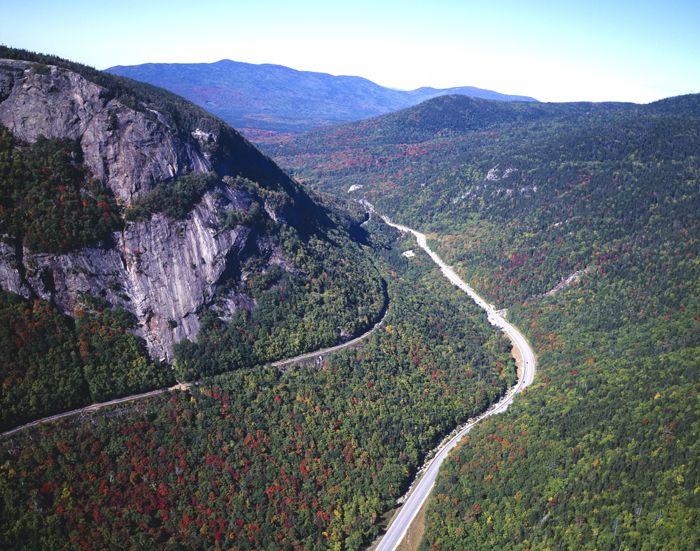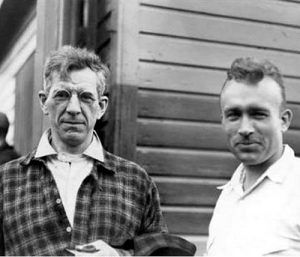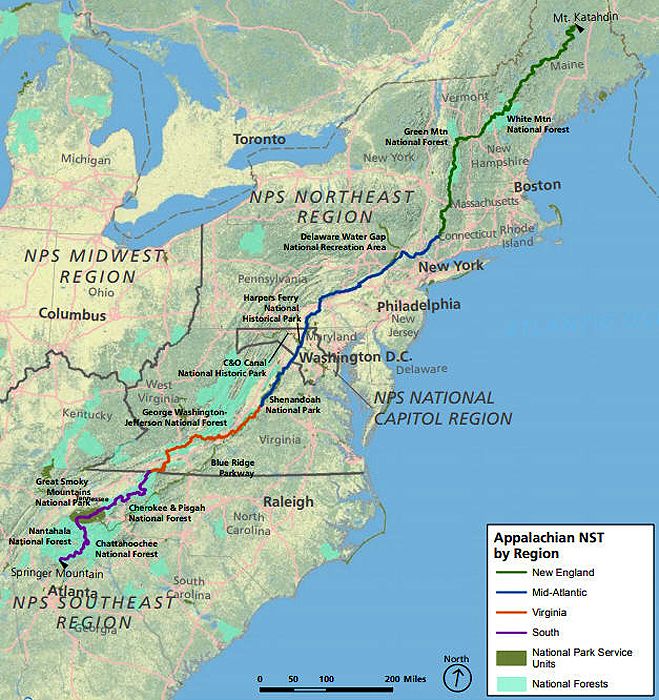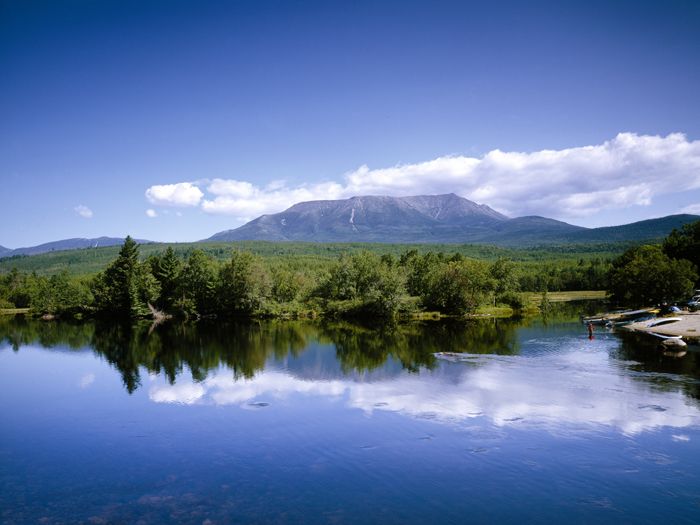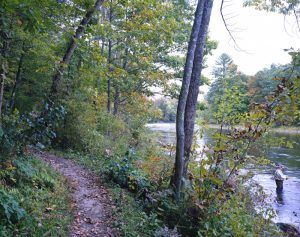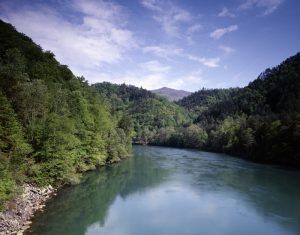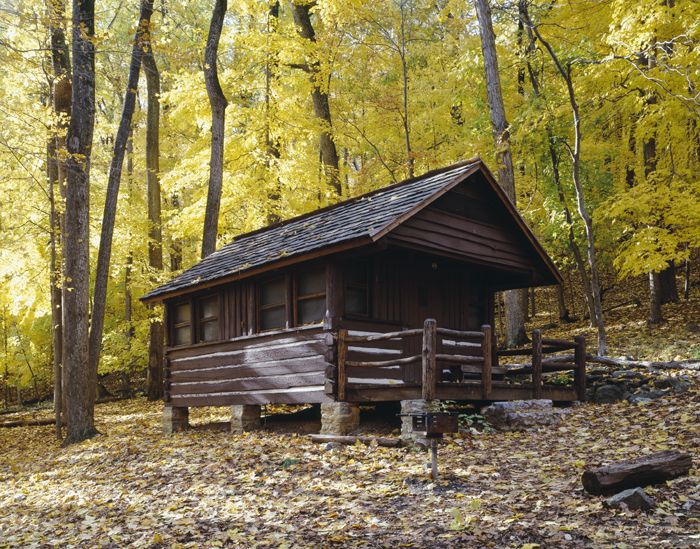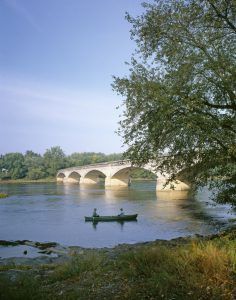“America needs her forests and her wild spaces quite as much as her cities and her settled places.”
— Benton MacKaye, Appalachian Trail visionary
The Appalachian National Scenic Trail is a 2,185-mile-long public footpath that traverses the scenic, wooded, pastoral, wild, and culturally and historically significant lands of the Appalachian Mountains. America’s most beloved recreational footpath makes its way from its northern terminus at Mount Katahdin in Maine to its southern terminus at Springer Mountain in Georgia through the states of Connecticut, Maryland, Massachusetts, North Carolina, New Hampshire, New Jersey, New York, Pennsylvania, Tennessee, Virginia, Vermont, and West Virginia.
The Appalachian Trail, commonly referred to as the A.T., was the vision of a Massachusetts regional planner and forester, Benton MacKaye, who outlined his plan for a trail along the Appalachian Mountains in 1921. He envisioned a trail to preserve the Appalachian crests and provide a retreat from increasingly industrialized modern life.
MacKaye was also concerned about the loss of habitat and wildlife, diminishing recreational opportunities, and the deteriorating environmental health of the eastern United States. He envisioned more than a mere footpath but a system of protected land dotted with mountaintop lodges where easterners could reacquaint themselves with nature in their backyards.
MacKaye organized and convened the first conference of Appalachian Trail enthusiasts in Washington, D.C., in 1925. The assembled gathering of hikers, foresters, and public officials embraced his vision of creating a primitive trail experience in proximity to the urban centers of the eastern United States. They began by creating the organization that later became the Appalachian Trail Conservancy. Volunteer hiking clubs designed, constructed, and maintained the Trail in the 1920s and 1930s.
The first section of the trail was constructed in Harriman and Bear Mountain State Parks in New York in 1923. Under the guidance of Appalachian Trail Conservancy chairman Myron Avery, thousands of volunteers constructed the Appalachian Trail throughout the 1920s and 1930s. By 1937, a continuous footpath from Maine to Georgia was completed. During the 1930s and 1940s, the Civilian Conservation Corps, part of the Depression-era jobs program, built much of the original infrastructure along the trail, including rock walls, steps, cabins and shelters, and fire towers.
The national significance of the Trail was formally recognized in 1968 when the National Trails System Act established the Appalachian National Scenic Trail as one of the first national scenic trails in the United States. Specifically, in consultation with the U.S. Forest Service, this legislation directed the National Park Service to administer the Appalachian National Scenic Trail. The protected corridor surrounding the Appalachian Trail today directly results from a 30-plus-year land-acquisition program pursued by the National Park Service, U.S. Forest Service, and several states.
The trail follows the spine of the Appalachian Mountains, passing through 14 states and six national parks, eight national forests, two national wildlife refuges, 67 state-owned land areas, and more than a dozen local municipal watershed properties. The Appalachian Trail’s protected corridor, a swath of land averaging about 1,000 feet in width, encompasses more than 250,000 acres, making it one of the largest units of the National Park System in the eastern United States.
The national parks the trail passes through are the Great Smoky Mountains National Park, Shenandoah National Park, Blue Ridge Parkway, Harpers Ferry National Historical Park, C&O Canal National Historical Park, and the Delaware Water Gap National Recreation Area.
The Trail offers opportunities for scenic enjoyment, ranging from the subtle beauty of a trillium flower to tranquil ponds and streams to the grand view of mighty Katahdin, the highest mountain in Maine. The trail threads through diverse habitats, such as subalpine forests, open balds, rocky outcrops, meadows, and wetlands, providing a haven for abundant flora and fauna, including rare, threatened, and endangered species.
The lands along the Appalachian National Scenic Trail are also rich in history and include the stories of people—American Indians, pioneers, settlers, farmers, early trailblazers, and trail advocates.
There is also a wealth of historic sites that feature structures, battlefields, industries, historical monuments, and archaeological sites that predate the establishment of the trail. For example, Pilgrim’s Rest Spring in Pennsylvania was used extensively by American Indians, missionaries, government officials, and settlers before the 18th century. Also, the first monument to General George Washington — a stone tower built by the people of Boonsboro, Maryland, in 1827 — is located along the trail in Washington Monument State Park in Maryland.
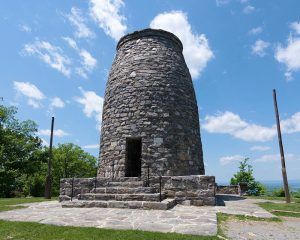
George Washington Monument, Boonsboro, Maryland, courtesy Wikipedia.
Hikers pass by many quarries, kilns, furnace sites, and mines, demonstrating how natural resources were used to fuel industrial growth during the 18th and 19th centuries. Pine Grove Furnace in Cumberland County, Pennsylvania, is one example of an early industrial historic structure along the trail. Now located within a state park, the Pine Grove Furnace is a stone structure that produced iron products, including cast-iron pots, kettles, and wrought-iron goods, for over 130 years. The history of the furnace is interpreted for hikers via wayside exhibits.
Civil War soldiers journeyed up and down the Appalachian Mountains during the bloodiest four years the nation has ever known. The Civil War Battle of South Mountain in Maryland occurred on land now protected within the Appalachian Trail corridor. The Confederate capture of Union troops at Harpers Ferry, West Virginia, and the Confederate defeat and retreat after Antietam, Maryland, also took place on lands now within the trail corridor. The trail includes 26 features currently listed on the National Register of Historic Places and eight Historic Districts.
However, like many national parks established mainly for natural resource protection or recreational opportunities, cultural resource protection along the Appalachian Trail is limited. Appalachian Trail Managers have made a conscious decision to limit the number of historical markers and interpretive waysides near cultural resources along the trail to avoid signage clutter, to respect wilderness-area designation, and for fear that such attention would lead to vandalism and artifact hunting, which are already issues along certain sections of the trail.
The United States Congress recognized the Appalachian Trail in 1968 with the passage of the National Trails System Act, which established the AT as one of the first National Scenic Trails in the country. The 1968 Act gave the National Park Service, in consultation with the US Forest Service, the official authority to administer the Trail. The Act was amended in 1978 to provide additional resources for acquiring land to protect and preserve the Appalachian Trail corridor. The National Trails System Act also highlights the critical importance of volunteers in establishing and protecting the Appalachian Trail and other national scenic trails. It aims to “encourage and assist volunteer citizen involvement in the planning, development, maintenance, and management.”
Maintaining the Appalachian Trail’s 2,185 miles of trail, more than 260 overnight shelters, 400 parking areas, 1,200 miles of National Park Service-managed boundary, 200 maintained landscapes, and other built assets is a complex challenge for the managing partnership. The National Park Service coordinates the trail in close partnership with the Appalachian Trail Conservancy, the U.S. Forest Service, state agencies, trail clubs, volunteers, and land managers.
Today, the Appalachian Trail has become one of the world’s best-known and most beloved long-distance hiking trails.
It provides solitude, quiet, and a wilderness-like experience that is accessible to millions of residents and visitors on the Eastern Seaboard. Those living in cities such as Boston, New York, Philadelphia, Baltimore, Washington, D.C., and Atlanta are within a few hours’ drive of trailheads. Approximately three million hikers walk some portion of the trail yearly, whether a mile, the entire length, or something in between. Some 2.5 million visitors utilize the Appalachian Trail each year.
In general, the Appalachian Trail is open year-round. However, the northern terminus at Mount Katahdin in Maine may be closed in winter, depending on weather conditions. Additionally, some sections of the Trail and less-developed roads accessing the Trail may be closed temporarily for several reasons, but otherwise, the trail is open.
The Appalachian Trail Conservancy, based in Harpers Ferry, West Virginia, provides a visitors’ center for the trail.
More Information
Appalachian Trail Conservancy
799 Washington Street
P.O. Box 807
Harpers Ferry, West Virginia 25425-0807
304-535-6331
Compiled and edited by Kathy Alexander/Legends of America, updated March 2024.
Also See:
National Parks, Monuments & Historic Sites
Scenic Byways & Historic Trails
Tales & Trails of the Frontier
Source: Appalachian National Scenic Trail (NPS)
We also found this resource for the Appalachian Trail helpful: Appalachian Trail News, Information & Advice.

